Summary
- Uma Musume transforms racehorses into anime girls, blending competition and idol performances.
- The franchise includes anime, games, manga, concerts, and merchandise, based on legendary racehorses’ traits.
- Uma Musume’s popularity in Japan stems from idol culture integration and gacha game format.
We’ve seen anime withreal-world references anthropormorphized into a human (or human-esque) form before. Hetalia may be the most infamous for this, but we’ve also seen Twentieth Century Boys and Cells at Work do this to varying degrees of success. There’s even an anime named Arikan! about soda pops called that come to life as cute anime girls that fight each other, if you’re in to that. But what if we could apply this concept to a unique interest, such as horse racing, as a gateway into becoming fans that world? Now, just imagine if there was a world where legendary racehorses are reborn as energetic anime girls, each chasing dreams of victory on the racetrack and stardom on the stage.
Uma Musume takes this unique premise and transformed it into a cultural phenomenon in Japan, blending high-stakes competition, idol performances, and heartfelt storytelling. It might sound like an unusual mix, becoming a juggernaut that spans anime, gaming, live concerts, and more. But how did this franchise become one of Japan’s most beloved multimedia sensations? Let’s explore what makes Uma Musume franchise stand out and why it continues to dominate Japan’s entertainment landscape.

Related
8 Great Idol Anime For Newcomers To The Genre
The idol anime genre is perfect for fans of dancing, singing & theatrical performances. Moreover, these idol anime are among the genre’s best shows.
What Is Uma Masume In The First Place?
An Expansive Franchise With Plenty of Content To Binge
At its heart, Uma Musume is a multimedia franchise that anthropomorphizes real-life racehorses as anime-style “horse girls.” These characters, known as “Uma Musume,” are human girls with horse traits, such as tails, ears, and enhanced speed, who compete in races and perform as idols. Each character is based on an actual legendary racehorse from Japanese horse racing history, with their personality, backstory, and even racing style reflecting the traits of their equine counterparts.
The franchise debuted with its first anime series in 2018, introducing viewers to a vibrant world where horse girls like Special Week and Silence Suzuka, both named and inspired after real professional race horses, train to be the best racers in Japan. It quickly expanded to include a mobile game released in 2021, where players train and manage their favorite horse girls, several manga series delving deeper into side stories and character lore, live concerts featuring voice actresses performing in-character, and an insane wealth of merchandise, from figurines to music CDs, catering to its ever-growing fanbase.
How The Franchise Started
One Simple Anime Launched A Multimedia Phenomenon in Japan
The Uma Musume Pretty Derby anime is where many fans first encountered the franchise, and it remains a cornerstone of its popularity. The story follows Special Week, based on a real racehorse of the same name from the end of 1990s, who is portrayed as a rookie horse girl with dreams of becoming the best in the world despite her rural and somewhat sheltered origins. She joins the prestigious Tracen Academy, where horse girls train to compete in high-profile races while navigating friendships, rivalries, and personal challenges.
Characters like Silence Suzuka, whose storyline reflects her real-life counterpart’s tragic history, bring a level of depth rarely seen in sports anime. The real life race horse with the same name fractured his left front leg. He evacuated to the outside as if he had protected his jockey, Then, he was carried off and diagnosed with a poor prognosis. He was eventually euthanized to limit his suffering. This tale is represented in the anime by the character named after Silence Suzuka fracturing her leg.
However, the anime did take a lighter approach to the actual story and allowed her to heal enough to race again much later in as the anime progressed. The anime uses moments like these with the girls to share a more light-hearted approach to actual Japanese race horse history, and remains a cornerstone of how plot lines and story arcs are built in the anime.
“Running is challenging. If you want to escape from demon’s hand, don’t think of the future and just run“
Races themselves are depicted with dynamic, high-energy sequences that capture the thrill of competition, while idol performances are vibrantly animated, mimicking the spectacle of live concerts. The show emphasizes perseverance, teamwork, and personal growth—universal themes that resonate with viewers of all ages. The anime has two main seasons, with each focusing on different aspects of the horse girls’ journeys, and continues to expand with additional OVAs, spin-offs, and even a feature film in 2024.
So Why Is It Popular In Japan?
And Why Doesn’t it Hold The Same Appeal In America?
A defining feature of Uma Musume is its seamless integration of idol culture, a cornerstone of Japanese entertainment that hasn’t taken off in the West quite yet. In the world of Uma Musume, horse girls aren’t just racers; they’re also idols who perform live concerts after their victories. This element adds an extra layer of spectacle to the races, making every win feel like a celebration. Live concert events similar to recent Hololive and the ever popular Hatsune Miku, featuring the cast performing in character, bring the world of Uma Musume to life and deepen fans emotional investment. However, live concerts featuring virtual performers is yet another ding that is holding the franchise apart from its Western fan base, as this only seems to be popular with English-speaking V-tubers at this point.
In addition to its ties to idol culture and horse racing, Uma Musume thrives as a fairly popular gacha game, a popular format in Japanese mobile gaming. In the game, players train horse girls to compete in races, using a gacha system to unlock new characters and support cards. This combination of strategy and chance keeps the gameplay exciting and rewarding. Regular updates, limited-time events, and new character releases ensure that there’s always something fresh for players to look forward to. This model not only keeps the player base engaged but also generates significant revenue for the franchise. This, however, hasn’t hit the same strides in the West either.
The impact of Uma Musume goes beyond entertainment. The franchise has sparked renewed interest in horse racing among younger audiences, with some fans visiting racetracks or learning about the sport for the first time. Its success as a mobile game has also set new benchmarks, earning billions of yen and consistently ranking among the top-grossing apps in Japan. For many fans, Uma Musume is more than just a game or anime; it’s a celebration of perseverance, friendship, and chasing dreams. Here’s to hoping someday, the Western market feels the same, so we can get subtitled and dubbed versions of the franchise’s products sooner rather than later.
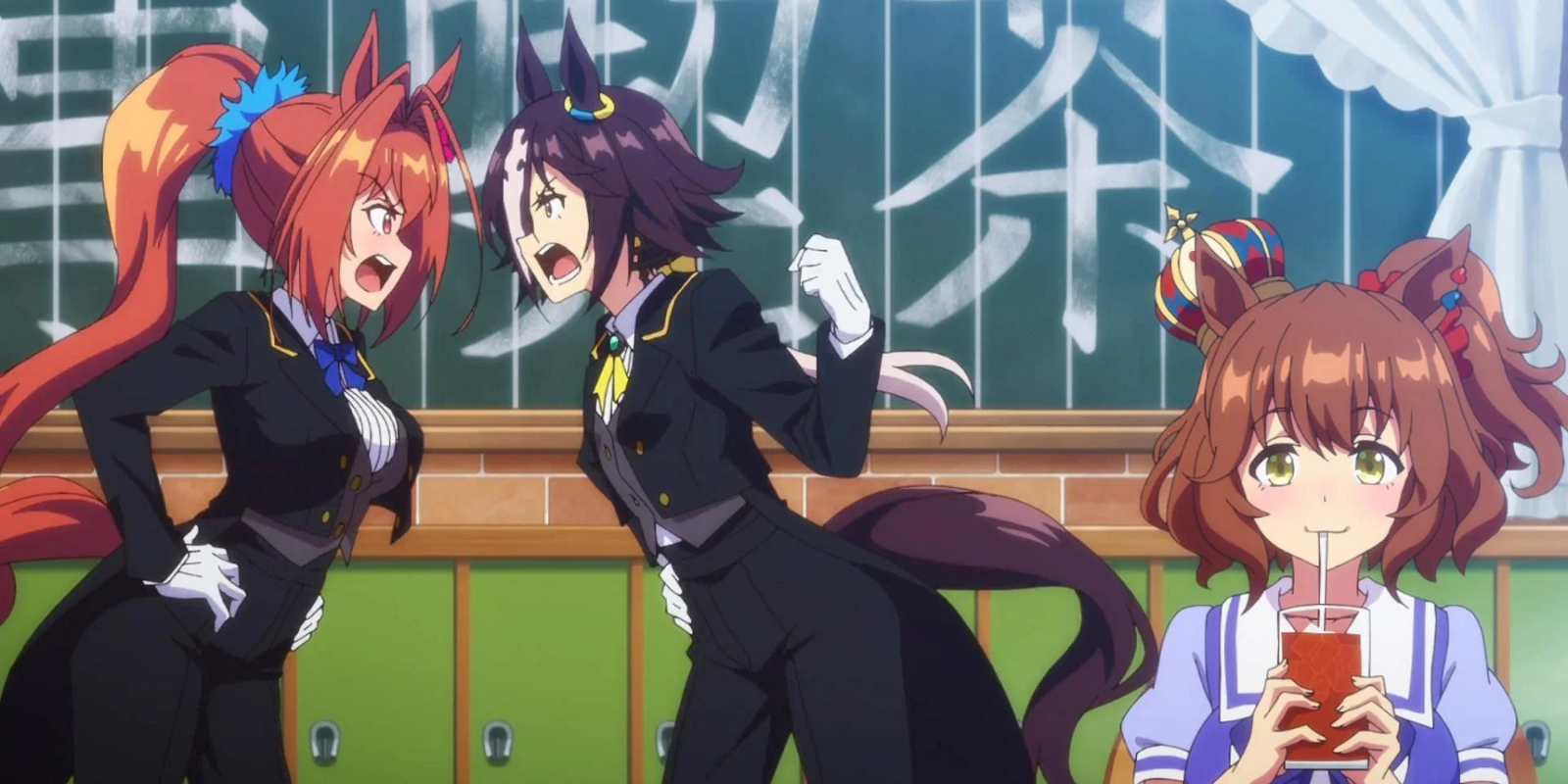

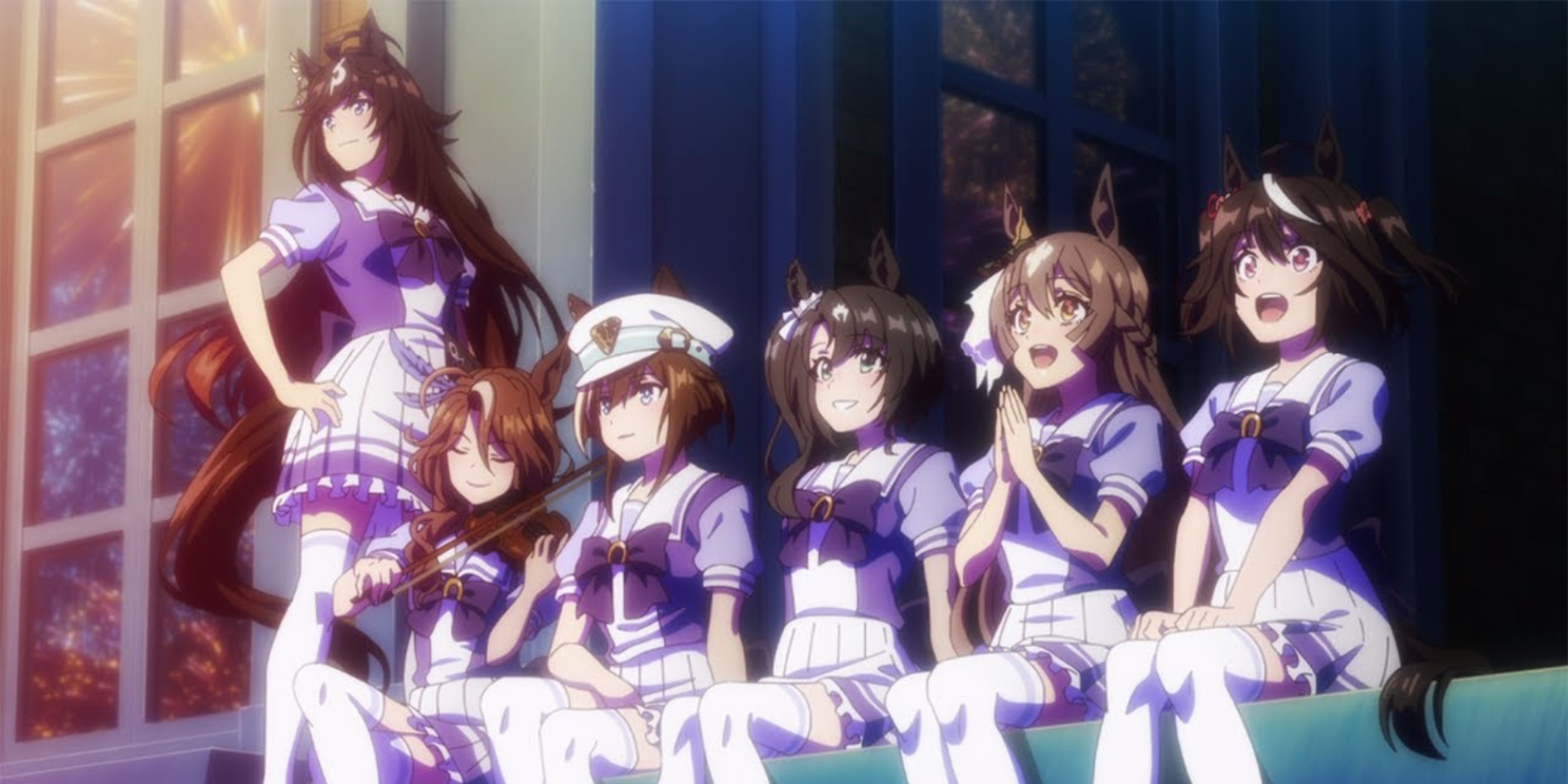
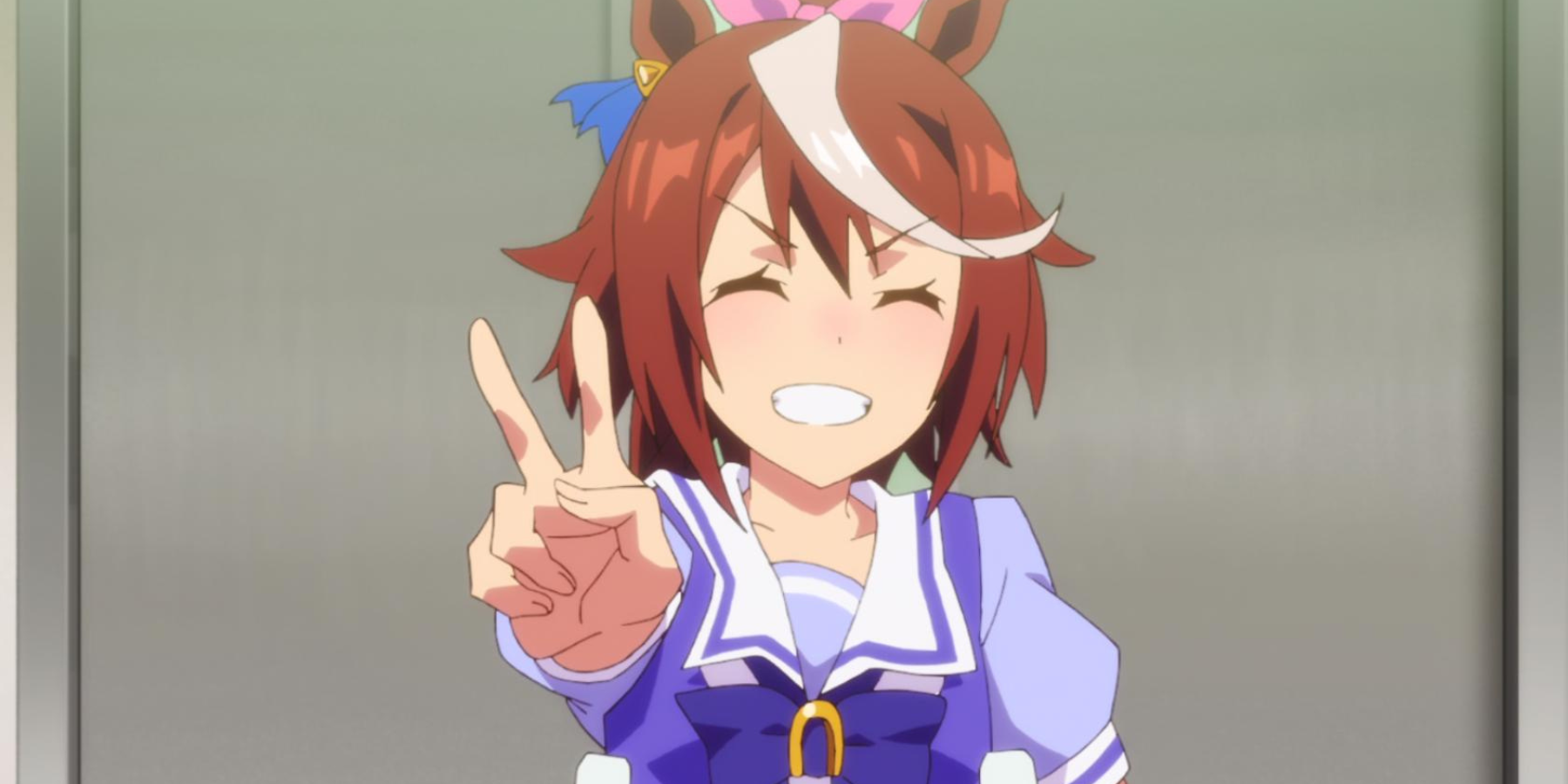
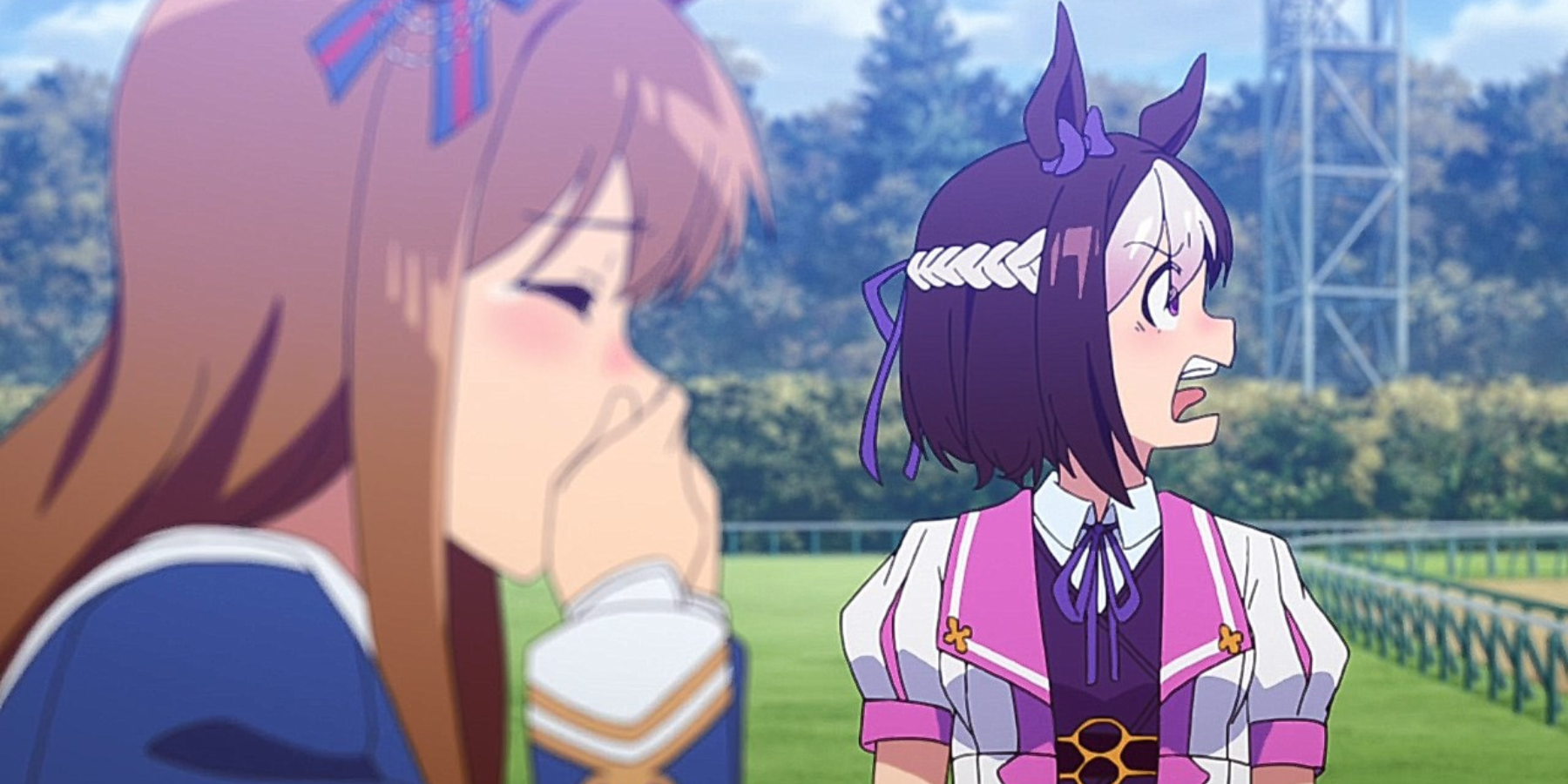
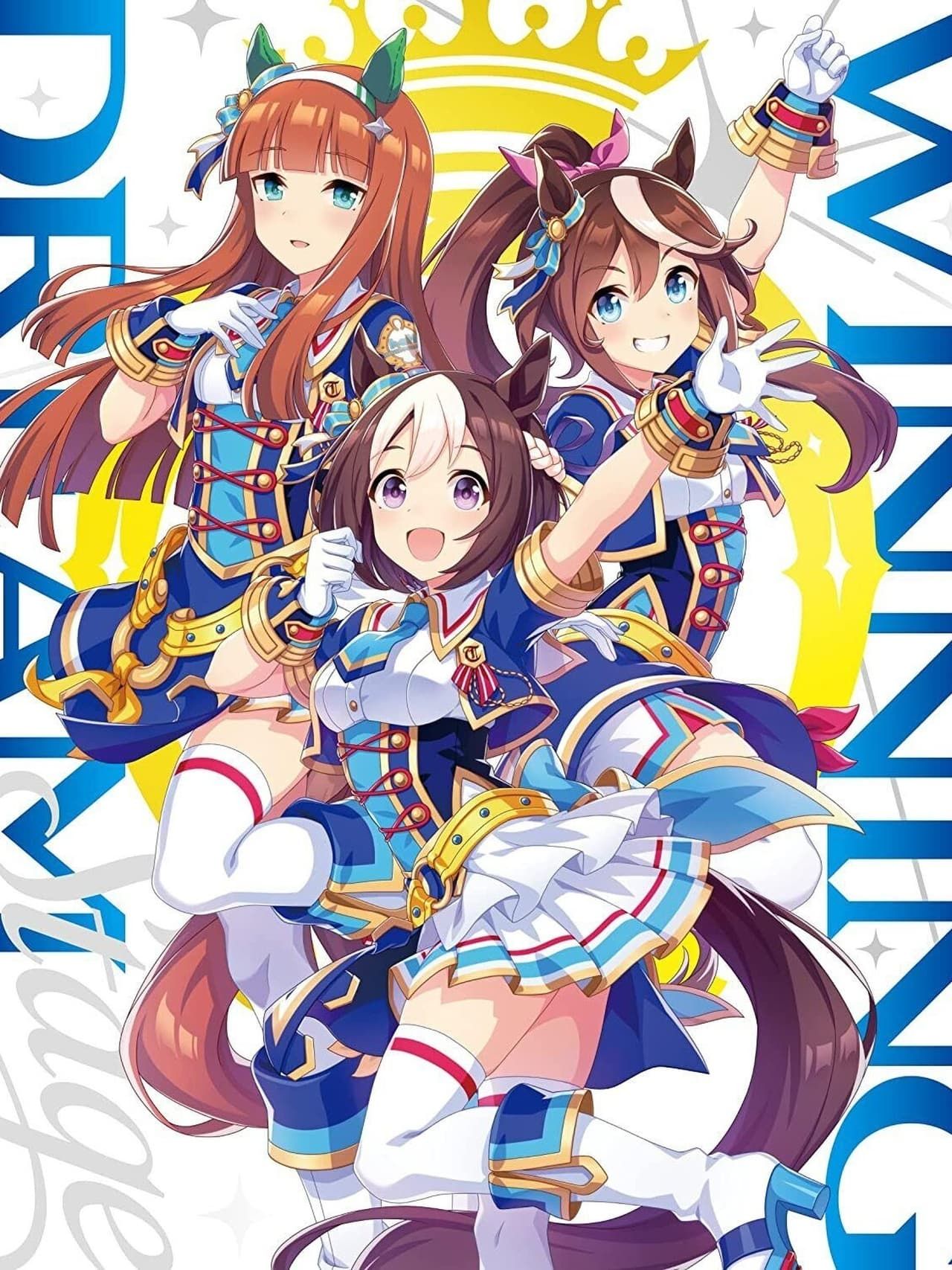





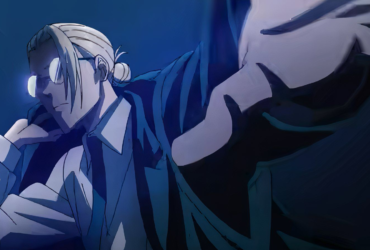


Leave a Reply